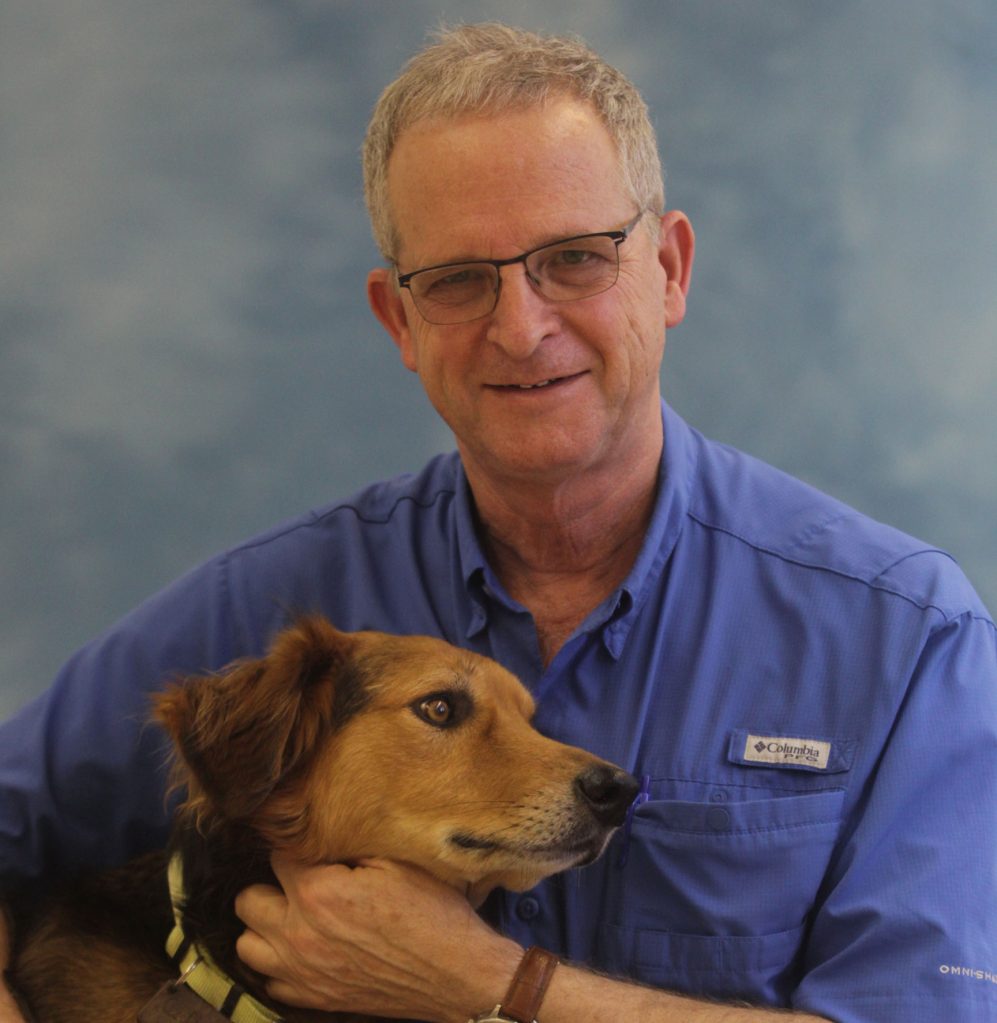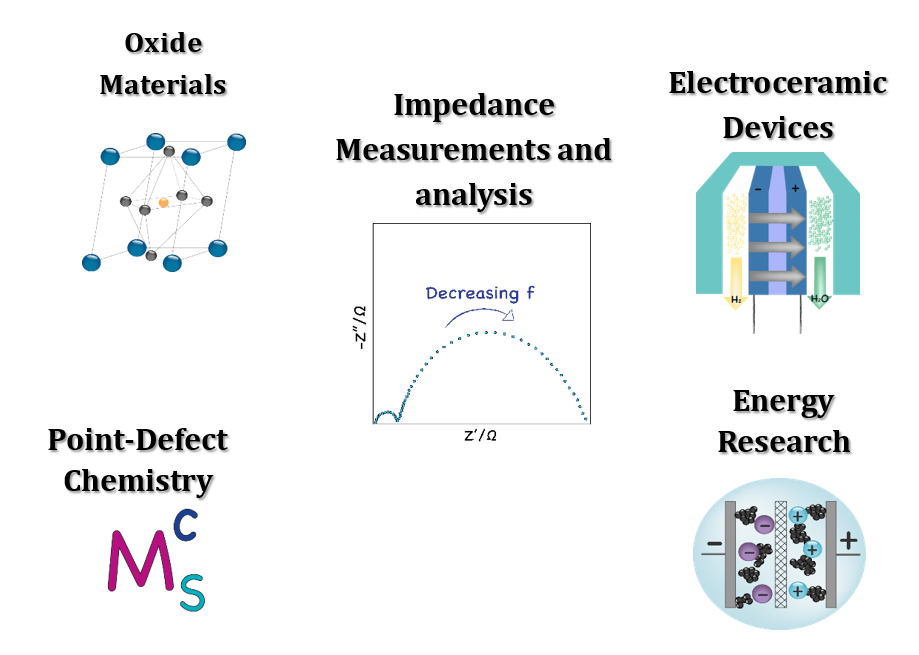Material Engineering for Fuel Cells, Batteries, and Catalysts
After a year of teaching science at the academic branch of the University of Haifa in Oranim, Yoed Tsur moved to the Technion and simultaneously pursued two academic degrees: a BA in the Faculty of Physics and a BEd in the Department of Science Education. He spent eight years teaching math and physics at a regional high school in a kibbutz, and also coordinated the physics program in two high schools at the Megiddo Regional Council. Towards the end of this period, Professor Tsur decided to pursue a master’s degree in the Faculty of Physics, under the guidance of Professor Ilan Riess. As he discovered his passion for research, he decided to concentrate solely on that. He then went on to earn a PhD in direct track at the Technion: “The central topic of my doctorate was the effect of different types of doping on the electrical properties of copper oxide, which is a semiconductor.” Prof. Tsur continued with post-doctoral training in a materials research lab at Penn State University. “We arrived there with three children and a decision that, no matter what, we would return to Israel after two years. This allowed me to politely, and some might say foolishly, decline any hints about a possible position there. I arrived at the Faculty of Chemical Engineering at the Technion somewhat by chance: apparently, they were looking for someone familiar with solid state physics, given that a third of the graduates at that time went on to work as process engineers in the microelectronics industry. The fact that I mainly dealt with the electrical properties of ceramic materials and their synthesis, and not with silicon, didn’t deter the faculty enough. Meanwhile, after presenting in several places in the country and at the Technion, I was impressed with the atmosphere in the faculty and the relationships within, which seemed to me, as a guest for a moment, healthy, and I marked the Faculty of Chemical Engineering at the Technion as my top priority. I have never regretted this decision for a moment.”

Professor Tsur’s research group typically synthesizes their own materials, particularly oxides, to maintain full control over composition and ‘history’. “Often, we first produce a nanometric powder of the material using wet chemistry methods (examples: hydrolysis; Glycine-Nitrate Process (GNP); co-precipitation). We typically dope these materials with other substances to influence various properties, primarily electrical properties but not exclusively. This influence is achieved through point defects in the material, and we try to understand the thermodynamics of these point defects. Sometimes, from these materials, we make electrical devices such as fuel cells, batteries, or catalytic layers for various devices. To do this, we sinter the powder, partly using advanced methods of applying a field during the sintering – and we also try to understand what happens during this sintering. The main applications are in the field of sustainable energy. We research all of this using various means, but primarily through an electrical measurement method called impedance spectroscopy – which is like measuring resistance but with alternating current while changing the frequency across several orders of magnitude. For analyzing these measurements, we developed a unique method based on evolutionary programming that identifies the distribution function of relaxation times (DFRT, a.k.a. DRT) in the sample.”

Professor Tsur was, until recently, the head of the Grand Technion Energy Program. “There is no doubt that sustainable energy is one of the most important fields for humanity, critical for its very existence, and it will only grow and intensify in research. Specific areas we work on, such as transport properties in ceramic materials and electrical measurements and their analysis, will continue to interest many researchers worldwide. It’s expected that they will integrate new analysis methods.” Professor Tsur’s research group collaborates with many researchers both in Israel and abroad, particularly around the analysis method they developed and their expertise regarding defects in solids. Ongoing collaborations include, for example, Prof. Igor Lubomirsky at the Weizmann Institute of Science, and Prof. Nini Pryds – the head of the energy department at the Technical University of Denmark (DTU), especially on solid oxide fuel cells with thin layers. Further collaborations involve researchers from the Technion, Bar-Ilan University, University of Padova, and more.
The idea underlying Professor Tsur’s research is to prepare samples, from the stage of preparing the nanometric powder to a complete sample, to conduct electrical and other measurements on them, and to analyze the results of impedance spectroscopy measurements using the method they developed and the software they are building and improving. The software is currently written using MATLAB, and the team is interested in transitioning it to Python. Students interested in the topic are invited to contact Yoed directly. Professor Tsur says, “The software development began from a collaboration with Prof. Danny Levin from our faculty and a co-supervised master’s student who wrote the first version of it, called ISGP. Further development was done entirely with the help of students over the years.”
Among other things, Professor Tsur’s research group worked on studying the relationship between the mechanical and electrical properties of ceramic materials. “We called it Electro-Chemo-Mechanics: oxides change both their electrical properties and their volume as a result of either absorbing or releasing oxygen; in addition, they change their volume and release or absorb oxygen due to temperature change. So, we delved into this mess trying to understand what volume change during temperature variation stems from the ‘mere’ temperature change and what results from the loss of oxygen due to the change in the chemical potential of the oxygen, which itself depends on the temperature. This research took a relatively long time, about five years to complete the measurements, with many repetitions – because the results were surprising!” For those who want to join the research group, Yoed recommends taking courses in solid-state chemistry and/or introduction to materials. “You can never know too much thermodynamics. Those who love mathematics might find it beneficial to take a course in Fourier series and integral transformations – but I’m just daydreaming now: you can start without it, of course. Oh, and I would really love to find someone who enjoys programming to continue improving our software – ISGP.”